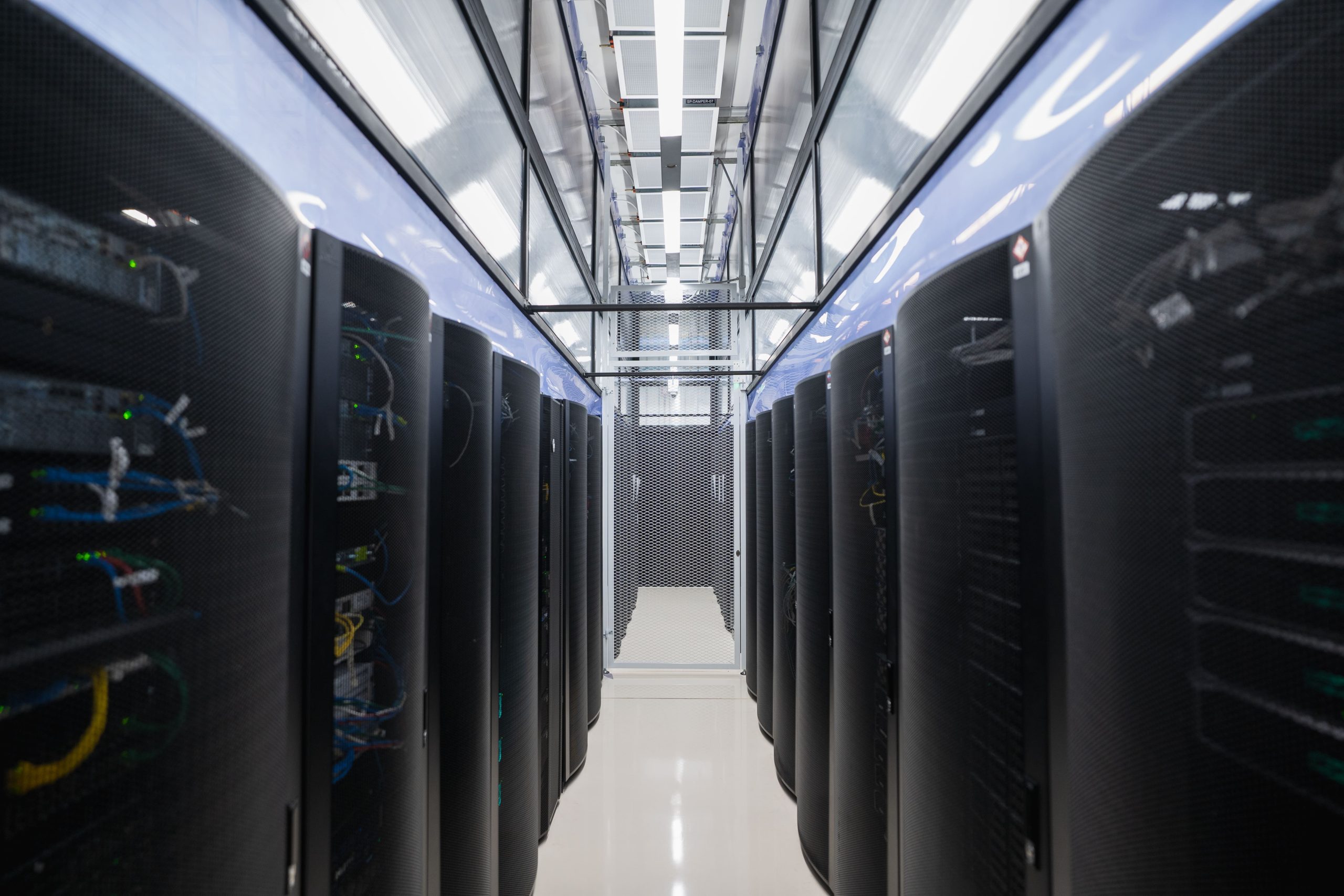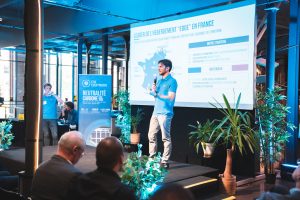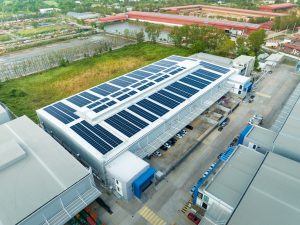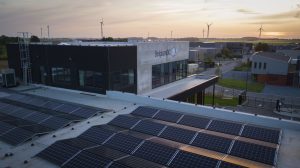Data dependency has never been higher for businesses than since the pandemic. Yet, the GIP ACYMA, announces in its annual activity report a +400% increase in cyber attacks and phishing since the beginning of the health crisis. A new hybrid working environment conducive to digitalisation accelerated by European government aid plans. In this new normal, organisations are paying attention to the integration and management of their data, with an emphasis on governance and reliability. With the rise of ‘cloud computing’, data sovereignty has become a major issue for European companies. In this environment, the need to adapt faster and more efficiently is more relevant than ever, we look at some of the key trends emerging in the data centre world.
THE SELF-SERVICE OR DATA CENTRE FOR EVERYONE: ROBOTISATION, AUTOMATION AND PROXIMITY
Until recently, Frankfurt, London, Amsterdam and Paris were the main cities where data centres were located. In response to the need and increased demand for flexibility and transparency, regional locations have multiplied. As a result, the number of campuses is expected to continue to increase in countries where investment has been lower, such as in Southern Europe. While the demand for data centre space continues to grow, user experience is already seen as a major driver for technology and service providers. According to Gartner, by 2025, 60% of enterprises will use infrastructure automation tools. It offers optimal planning and monitoring. It also allows patches and updates to be performed without human intervention. Automation and robotisation have been democratised as a result of the teleworking constraints imposed by the pandemic on data centre employees. These robots perform predefined tasks, and if Google’s robot is designed to destroy hard drives, Alibaba’s Tianxun robot can replace a faulty hard drive. While total automation is still a distant utopia, robotic innovation is well and truly underway with the creation of robots capable of moving and, at the same time, monitoring the data centre.
BETTER PROTECTION AGAINST ATTACKS
Are data centres the new oil? What remains certain is that it attracts covetousness, requiring enhanced security, particularly via “Zero Trust” infrastructures based on the principle of “never trust, always verify”. The security and safety of data centres are the key to guaranteeing the integrity of hosted data. This implies the implementation of solutions to control the risks of unforeseen or accidental events (fire, flood, excessive temperatures, etc.).
The integrated DCIM (Data Center Infrastructure Management) solutions enable the monitoring of data centre infrastructures, including from a distance. They ensure that you are alerted in the event of an incident (intrusion, power supply problem, temperature too high, etc.), maximise availability according to needs, and react quickly in the event of a problem. According to estimates, the volume of data generated worldwide should exceed 180 zettabytes by 2025, representing an average annual growth rate of almost 40% over five years (source: IDC, Seagate, Statista). So we should soon see innovations to better protect data.
TOWARDS 100% OPERATOR NEUTRALITY
In search of flexibility and adaptability, companies are becoming increasingly involved in managing their data. It is through colocation that data centres have enabled rapid system deployments and upgrades, while ensuring maximum availability. With this in mind, the flexibility, agility and scalability of modular designs are increasingly attractive features. And since there are a variety of cloud providers and operators present in the data centre, the customer wants to choose the operator or provider that suits him best. The emergence of cloud-neutral and carrier-neutral data centres not only meets this need, but also offers customers the certainty that there is no risk of vendor lock-in with the commercial services of the data centre owner. A cloud and carrier neutral data centre is a connectivity centre where a number of cloud providers and multiple carriers have a point of presence (PoP) or physical facility. In addition, it offers maximum flexibility in the choice of hardware, Internet services and cabling.
TOWARDS CARBON NEUTRALITY OF DATA CENTRES BY 2030
As transitions accelerate, data centres are constantly increasing the amount of information they collect. As a result, the energy consumption to store and process this data is also increasing. A new study by the European Commission indicates that by 2030, the energy consumption of data centres in the EU is expected to increase from 76.8 TWh to 98.52 TWh, an increase of 28%. In the face of environmental challenges, energy efficiency is a major issue for the data centre industry. In January 2021, European data centre operators signed an agreement aimed at achieving carbon neutrality by 2030 : the Data Center Climate Neutrality Pact. This regulation of the market has pushed operators to quantify and act to improve their energy efficiency in a quantifiable way.
Data centers produce a lot of heat during their operation, which is wasted in nature. 2022, the year of innovation. Operators are working on the use of less energy intensive liquid cooling systems, the use of AI to optimise data centre operation, reducing the number of servers switched on during off-peak hours, recovering excess heat generated by the data centre to heat homes…. However, even if they take action and measure their environmental impact, it will be necessary to have the same evaluation criteria to allow relevant and universal comparisons.
Businesses are bracing themselves for the recession, but the outlook for 2023 is not all doom and gloom, particularly for IT spending. Faced with a talent shortage and increased security concerns, companies will increase their spending on technology services. “CIOs are increasing their use of IT services to address the shortage of skilled IT staff. Tasks that require less specialised skills tend to be outsourced to managed services companies to reduce staff time. In contrast, critical strategic tasks, which require high-level skills that many companies cannot afford, will increasingly be outsourced to consultants,” said John-David Lovelock, research vice president at Gartner. With the “back-to-school season” in September and CIOs preparing their budgets, Gartner conducted a survey of CIOs, asking more than 2,000 IT managers about planned technology investments. In the top five of rising technology investments are: cyberspace and information security, cloud platforms, API integration technologies, legacy application modernisation, artificial intelligence. We should see the outlook reflected in the data centre sector by 2023.






